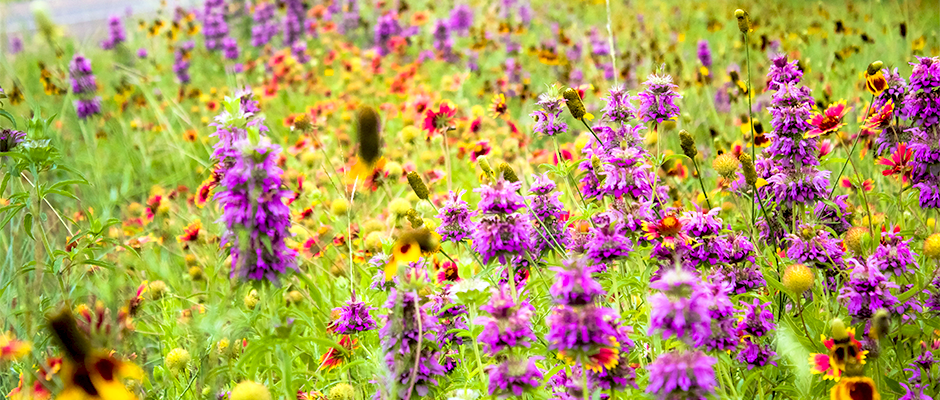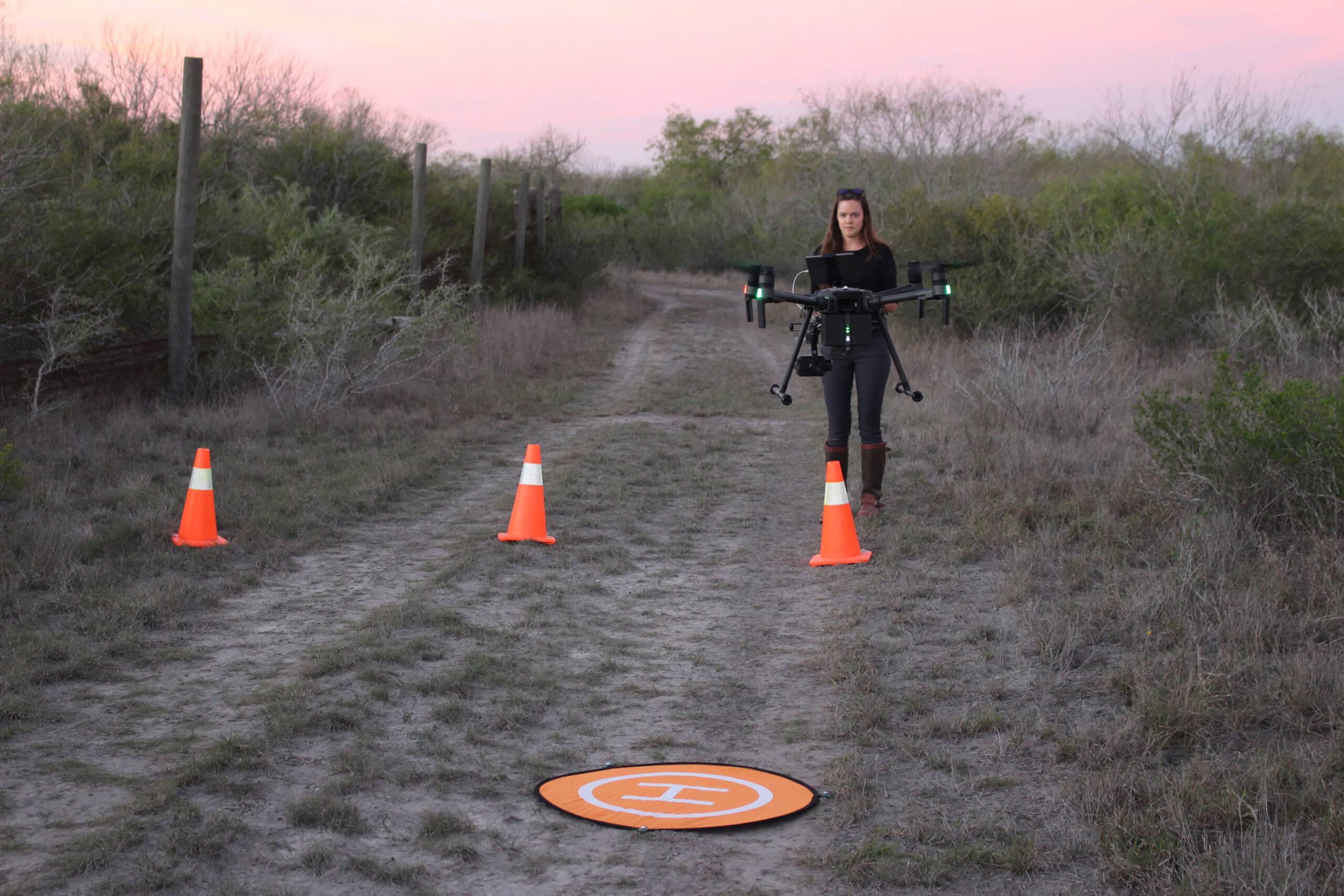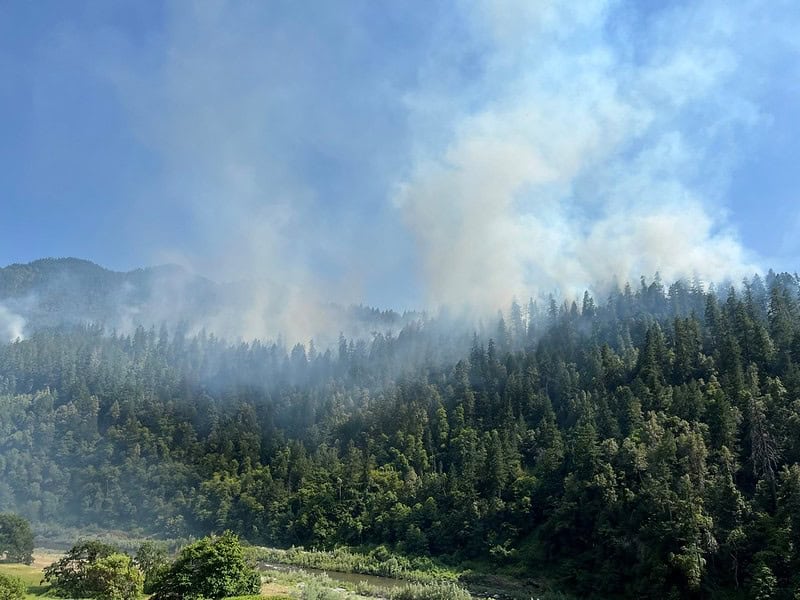Share this article
How an emoji can help pollinators
Pollinators play an important role in our everyday lives, contributing to the cultivation of our favorite fruits and vegetables and the beautiful landscapes we enjoy. As an organization that’s responsible for helping manage and conserve some of these very landscapes, TWS was one of the first groups the Bayer Bee Care Program approached to help with a lofty goal set earlier this year for Bayer’s Feed a Bee program — planting millions of wildflower seeds to increase forage and nutrition options for pollinators to counteract an increasingly limited menu.
Protecting and expanding pollinator habitats has an added bonus, as well — establishing additional forage acreage supports healthier bees that, in turn, help to pollinate the same ecosystems that groups like TWS work so hard to protect. Working with TWS to provide sustainable solutions for the wildlife and habitat surrounding us allows us to double our efforts to protect pollinators and conserve our outdoor spaces — it’s truly a win-win!
Since 2015, more than 500,000 individuals have participated in a variety of ways in the Feed a Bee initiative, a critical part of the Bee Care Program, to plant 150 million flowers across the United States. One of the ways people can be involved this year is through “Tweet a ????, #FeedABee,” which establishes new seed plantings each time someone tweets and shares the bee emoji and “#FeedABee” on their social media platforms. As a result of this simple gesture of public support online, Bayer will plant real wildflower seeds this fall. By joining forces with TWS and its nearly 10,000 passionate members, the Feed a Bee program will work to trigger enough “Tweet a ????, #FeedABee,” social actions to reach the ultimate goal of planting 25 million wildflowers this fall.
We’re excited to partner with TWS in the Feed a Bee program for the planting this fall, which will establish acres of additional spring forage. Conducting a planting of this magnitude on a national scale will help not only to create healthier pollinators but also to raise awareness of the important role they play in our ecosystem.
Header Image: The Feed a Bee initiative will aim to plant 25 million wildflowers this fall for pollinators who are struggling to find food. ©Rockin’Rita








